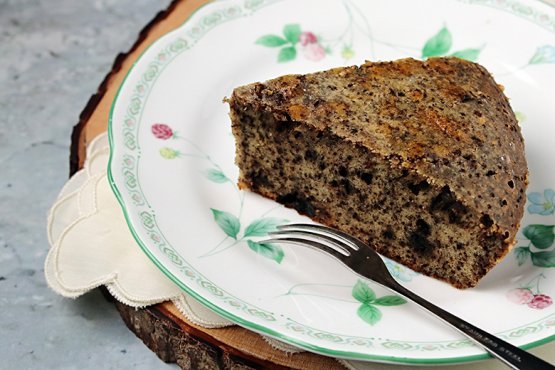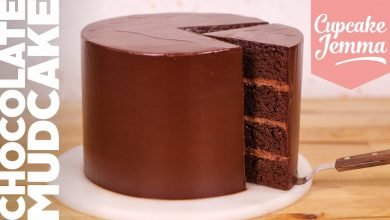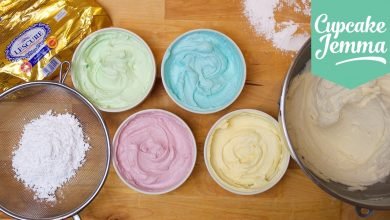Recipes
Chocolate cake with stevia recipe

ingredients For 10 Servings
| 100 | G | Dark stevia chocolate |
|---|---|---|
| 6th | Pc | Eggs, size M, room temperature |
| 4th | Tbsp | Lemon juice |
| 1 | Tbsp | Lemon zest, untreated |
| 1 | prize | salt |
| 25th | G | Stevia powder |
| 150 | G | Yogurt butter, soft |
| 1 | TL | Yogurt butter, soft, for the shape |
| 1 | Tbsp | rum |
| 150 | G | Flour smooth |
recipe preparation
- First preheat the oven to 170 ° C (top / bottom heat) and grease a loaf pan with the yogurt butter.
- Then put the yogurt butter with the stevia powder in a mixing bowl and beat until frothy with the whisk of a food processor.
- Beat the eggs one by one and gradually stir into the yoghurt butter to create a creamy mixture. Then add the rum, the salt and the lemon zest and juice.
- Finally, grate the chocolate finely on a grater, mix the chocolate with the flour and fold into the dough.
- Then pour the dough into the prepared loaf pan and bake in the preheated oven on the middle rack for about 50 minutes until golden brown – make a stick test.
- The finished one chocolate cake Take out of the oven, let cool down on a wire rack for about 1 hour, remove from the tin and enjoy.







